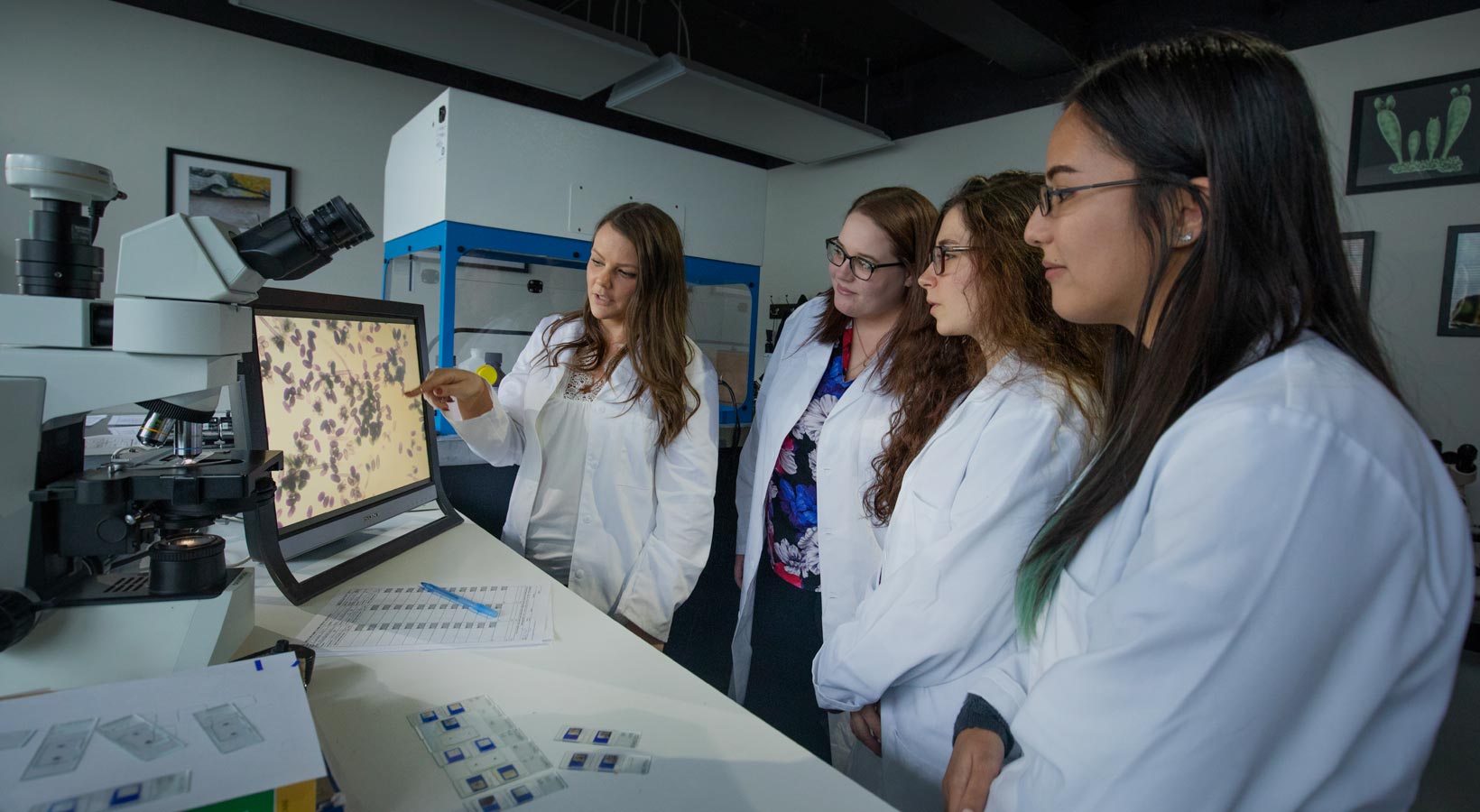AMD’s laboratory division demonstrates its competence, and ensures accuracy and quality by routine participation in proficiency tests administered by state authorities and the lab’s accreditation body, the American Association for Laboratory Accreditation (A2LA).
Laboratory management and analysts also implement and monitor various quality assurance and quality control measures on a daily basis to provide complete, accurate and defensible data in a timely manner.
- AMD Environmental’s laboratory division is certified by the New York State Department of Health (NYSDOH) Environmental Laboratory Approval Program (Lab ID No. 11108) for the environmental analyses of indoor air quality testing, including for asbestos fibers in the air.
- AMD Environmental and its laboratory division earned A2LA accreditation (Certificate No. 4299.01) to the international standard ISO/IEC 17025: General requirements for the competence of testing and calibration laboratories, for the biological field of testing, specializing in the analysis of air, surface and bulk samples for the identification and quantification of mold spores.
- AMD follows the ASTM Standard D7391 Standard Test Method for Categorization and Quantification of Airborne Fungal Structures by Optical Microscopy.






